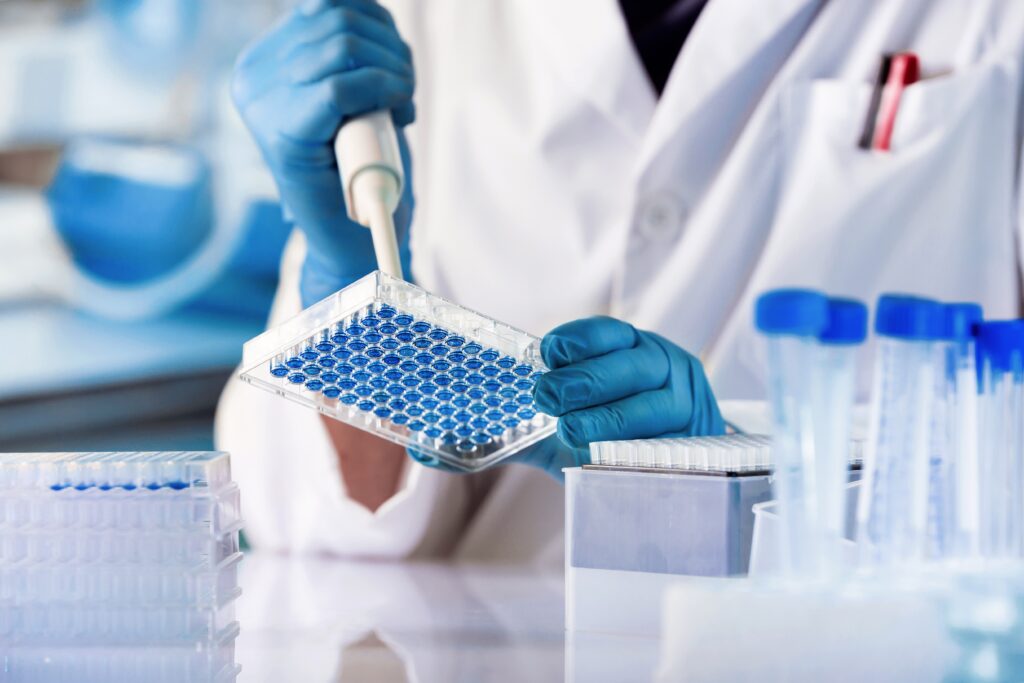Enzyme-linked immunosorbent assay (ELISA) is a widely used tool in biological research, diagnostics and clinical settings. ELISA is a sandwich assay that detects specific protein analytes by using antibodies directed against the target molecule.
Here are five tips for a successful ELISA:
- Choose the right antibodies: For a successful ELISA, it is important to select the right antibodies for the target protein. Choose antibodies with high specificity and sensitivity for the target protein, and make sure that they have been validated for use in ELISA.
- Optimize the coating buffer: The choice of coating buffer and its concentration can have a significant impact on the performance of the ELISA. Optimal conditions should be determined experimentally, as they may vary depending on the target protein and the antibodies used. A common choice is a bicarbonate-buffered saline solution with a pH of 8.0-8.5, but other buffers can be used as well.
- Optimize the blocking step: Blocking the non-specific binding sites on the plate is crucial for obtaining accurate results in ELISA. A common choice is a non-fat dry milk solution, but other blocking agents can also be used. Experimentally determine the optimal concentration and incubation time, as this can vary depending on the target protein and the antibodies used.
- Control for background noise: ELISA results can be impacted by background noise, which can arise from unspecific binding or non-specific signal amplification. To minimize background noise, it is important to control for variables such as the buffer used, the incubation time, and the wash steps.
- Use proper controls: In order to validate the ELISA results, it is important to include proper controls. For example, include a negative control to determine the background signal, and a positive control to determine the specificity of the assay. The positive control should be a sample known to contain the target protein.
In conclusion, ELISA is a powerful tool for detecting specific proteins, but it is important to take the time to optimize the assay to obtain accurate results. By selecting the right antibodies, optimizing the coating buffer, blocking non-specific binding sites, controlling for background noise and including proper controls, you can ensure that your ELISA results are reliable and accurate.

